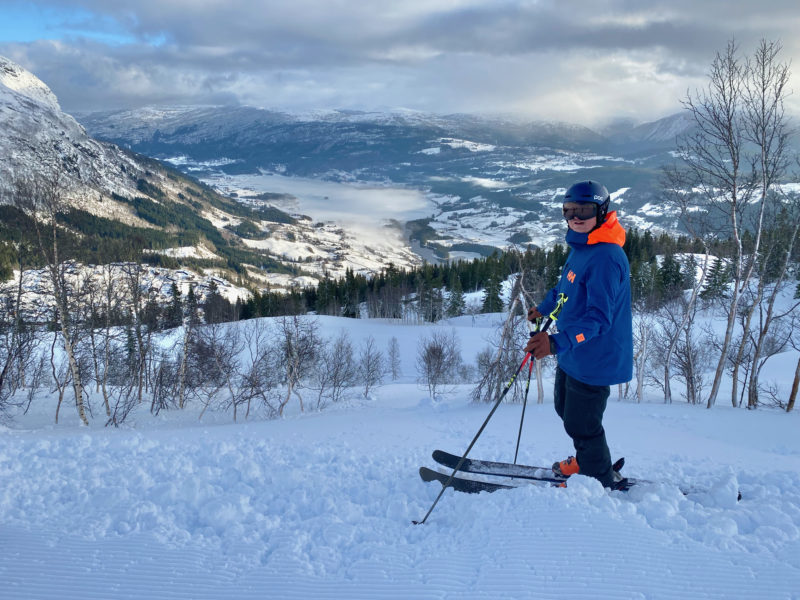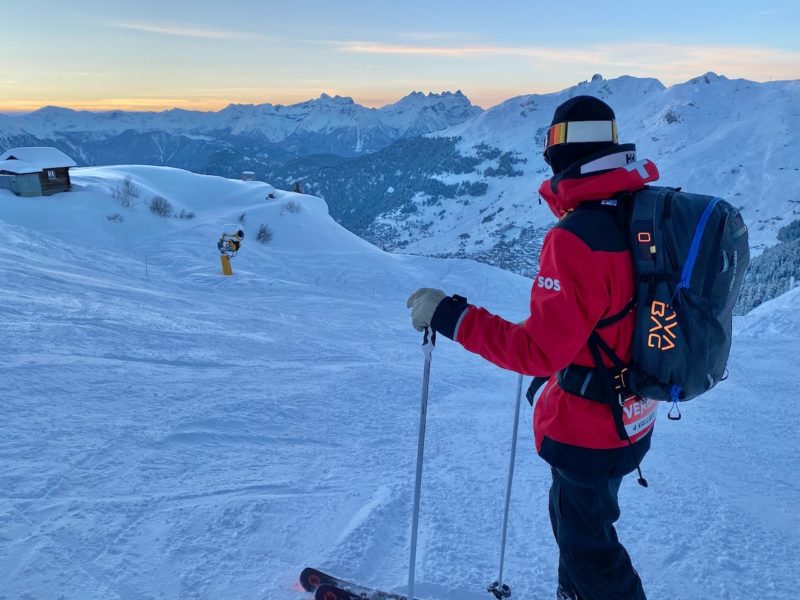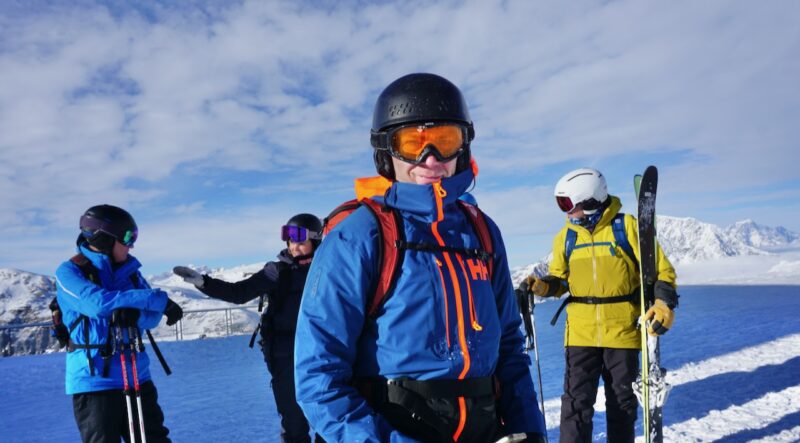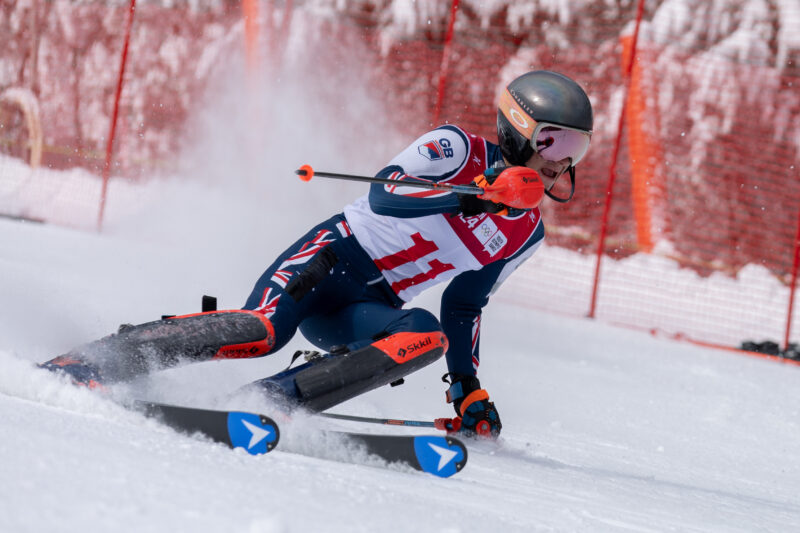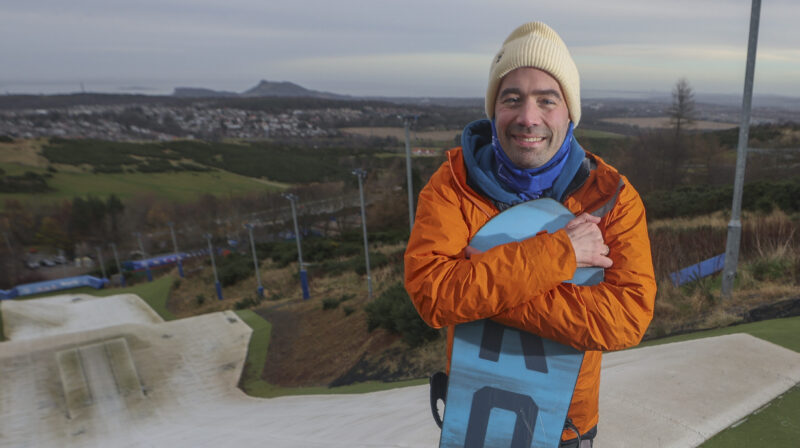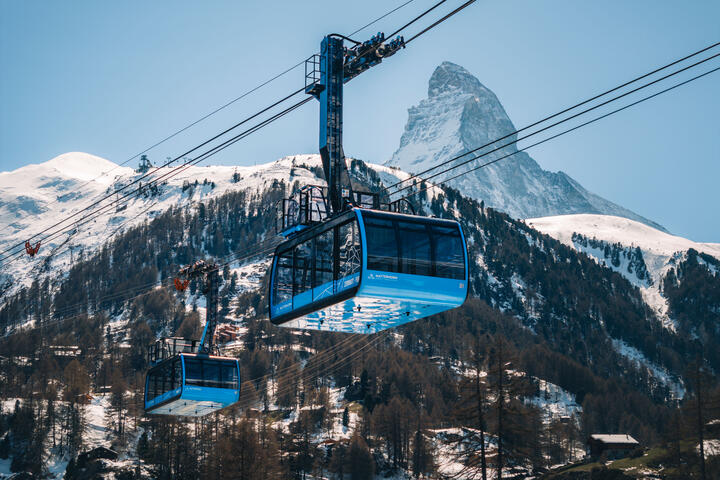Ski Mountaineering to be Included in 2026 Winter Olympics
24th June 2021
Last modified on July 21st, 2021
The gruelling sport has been accepted for the Milan Cortina Winter Olympics in 2026 as going uphill on skis grows ever more popular. UPDATED
It has been approved by the International Olympic Committee at a meeting in Tokyo.
There are now 15 Olympic winter sports disciplines and the list has not changed since snowboarding was introduced in Nagano, Japan in 1998.
The sport will have five events at the Olympics – two races for men, two races for woman and a mixed gender relay:
- 5 new medal events: 2 men’s events (Sprint/Individual), 2 women’s events (Sprint/Individual), 1 mixed-gender relay event
The same five Ski Mountaineering events were included at the Winter Youth Olympic Games in Lausanne in 2020.
The IOC has said its success in Lausanne is a main reason they proposed it for Milan-Cortina.
Another is the growing popularity of the sport among amateurs.
“Europe is the continent where ski mountaineering has seen the greatest development, but over recent years more and more participants, at both professional and amateur level, have been identified all over the world,” said the IOC.
It’s not surprising the Milan-Cortina organisers pushed for SkiMo to be included.
It’s hugely popular in Italy, which is one of the world’s leading nations with several international successes in major competitions over the past 10 years.
The Italians will be hoping for medal success.
48 athletes (24 women and 24 men) will be at the Games in Italy.
Ski Mountaineering has become increasingly popular in recent years.
Travelling up the mountain on skis in order to ski down is an activity that more and more of us have been doing.
In the 2020-21 winter season there was an explosion in interest, particularly in some of the European countries where ski lifts remained firmly shut due to the Covid-19 pandemic and ski touring or cross-country were the only options.
But most of us don’t treat going up as a race.
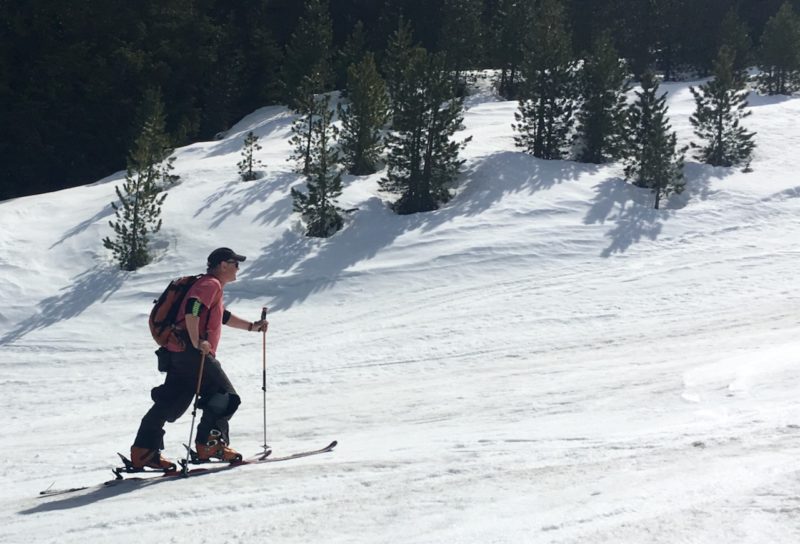
Going up – Image © PlanetSKI
For the hardcore, however, Ski Mountaineering – or SkiMo – is just that and there’s been a rise in organised races for amateurs as well as pros.
“I was first attracted to skimo racing when I learnt that Simon Twigge, a new friend I’d started ski mountaineering with this season, regularly entered skimo races and I thought it would be a good way to develop my speed and fitness,” PlanetSKI reader Simon Perry tells us.
“I entered my first couple of races with my freerando skis and boots. I bought the lightweight kit after a couple of races.
“The races I’d entered in Val d’Isère were fairly short – 480m of ascent to finish by the Folie Douce.
“The experience is a bit like running a 5km running race – it’s about pushing your heart rate/breathing to the absolute max and trying to holding on until the end. But unlike running, there’s very little impact on the joints.”

Simon Perry ski mountaineering – Image © Simon Perry
The Organising Committee of the 2026 Winter Olympics put ski mountaineering forward as an additional sport for the Games, and now it has bee accepted by the IOC as it meets in Tokyo ahead of the Summer Olympics.
The International Olympic Committee Executive Board had recommended its inclusion and the decision was seen as a rubber stamp.
https://www.facebook.com/ismf.ski/posts/3993719127341844
One of the biggest and toughest races is the famous Patrouilles des Glaciers, which takes place every two years at the end of April.
It is 100km long, taking in 3,000m-peaks on the route from Zermatt to Verbier in the Swiss Alps.
It’s been going since 1943 but its continued existence had been under threat.
The organisers now say its future is guaranteed for the next four editions until 2028, with the next one in 2022.
A foundation has been set up to take on most of the tasks.
According to a report on Swiss Info the Swiss army will continue to be responsible for the organisation of the race, together with the cantonal authorities.
https://www.facebook.com/PatrouilleDesGlaciers/posts/3907322235973793



